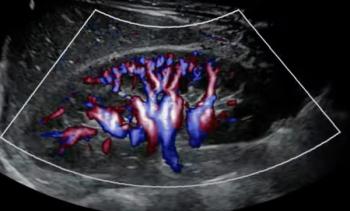
The Reading Room Podcast: Emerging Concepts in Breast Cancer Screening and Health Equity Implications, Part 2
In the second episode of a three-part podcast, Anand Narayan, M.D., Ph.D., and Amy Patel, M.D., discuss recent studies published by the Journal of the American Medical Association (JAMA) that suggested moving to more of a risk-adapted model for mammography screening.
On the latest episode of
One
Another study, published in April 2023, looked at
In the podcast, Drs. Narayan and Patel discuss complex issues with adopting a risk-adapted model for breast cancer screening, key challenges with implementation and whether this model would reduce or possibly exacerbate disparities with health equity.
“I think it’s great that these authors are bringing some of this data to light and I think it could help inform some of our clinical practice, but I think we need to have caution in terms of clinical implementation and potentially fostering inequities by using race-based science,” noted Dr. Narayan, the vice-chair of equity in the Department of Radiology at the University of Wisconsin-Madison.
(Editor’s note: For related content, see “
For more insights from Dr. Narayan and Dr. Patel, listen below or
Newsletter
Stay at the forefront of radiology with the Diagnostic Imaging newsletter, delivering the latest news, clinical insights, and imaging advancements for today’s radiologists.




























